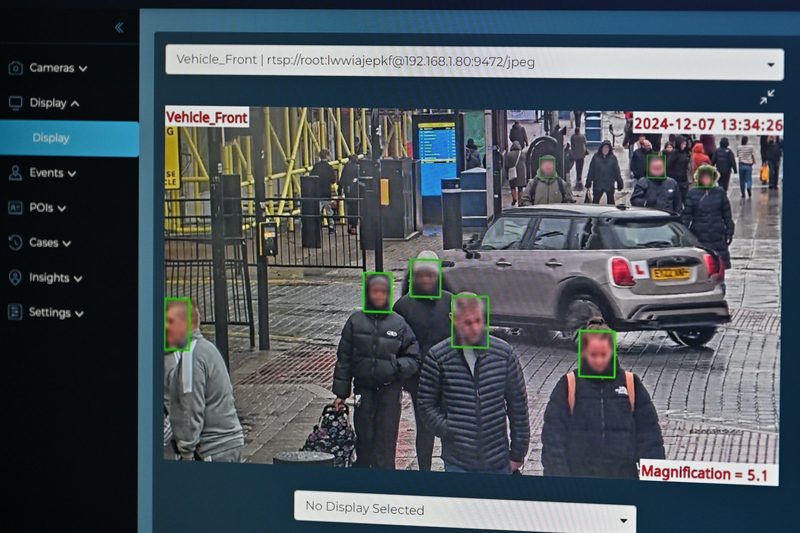In an inspection of 200 randomly selected Danish websites, all were found using tracking technologies like pixels and cookies without visitors’ consent.
The investigation was carried out by Digitaliseringsstyrelsen, the Danish Agency for Digitalisation. Unlike cookies, tracking pixels are harder to detect and cannot be deleted or disabled by users. The websites were found to be violating cookie rules because:
- 42.2% had unclassified cookies – or tracking technologies – that were not classified by overall purpose;
- 27.6% lacked information in their cookie banner, and did not disclose if the data was shared with third parties or disclosed the overall purposes of the tracking;
- 18.1% did not have a cookie banner, and users could therefore not consent or decline the cookie tracking.
The investigation was connected to an earlier investigation in 2023, where the Agency analyzed 11,000 .dk websites, and looked at the use of third-party services that a website owner can use when with building their own website. That analysis also showed that both pixels and cookies were very often used to track visitor activity, yet that investigation did not look into if the usage breached any rules.
“Unclassified cookies, missing information in cookie banners and missing cookie banners undermine the user’s ability to give informed consent to the use of their data,” Digitaliseringsstyrelsen said. “In order to comply with the cookie notice, the user must have the opportunity to give informed consent.”
Violation could result in fines
After the investigation, all the service providers were requested to rectify the deficiencies – which 196 did, and are now complying with current regulation.
Those who have not corrected their use of tracking might be reported to the police or face fines depending on the nature of the violation, the Agency added.
To more easily comply with tracking and data regulation, Digitaliseringsstyrelsen has also issued a guide for service providers’ use of pixels.
Tracking pixels
Both pixels and cookies are used to track visitor’s activity on a website or in an app for analytical or marketing purposes. However, pixels are often used as a tracking technology to collect data about website traffic, conversions, user behavior, and other marketing metrics.
Pixels, a code snippet, are usually placed within web pages, online ads, or emails. Unlike cookies, which are placed on a user’s browser, tracking pixels will send information directly to web servers, and cannot be easily deleted by the end-user.

















